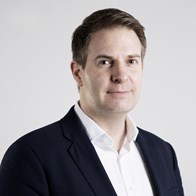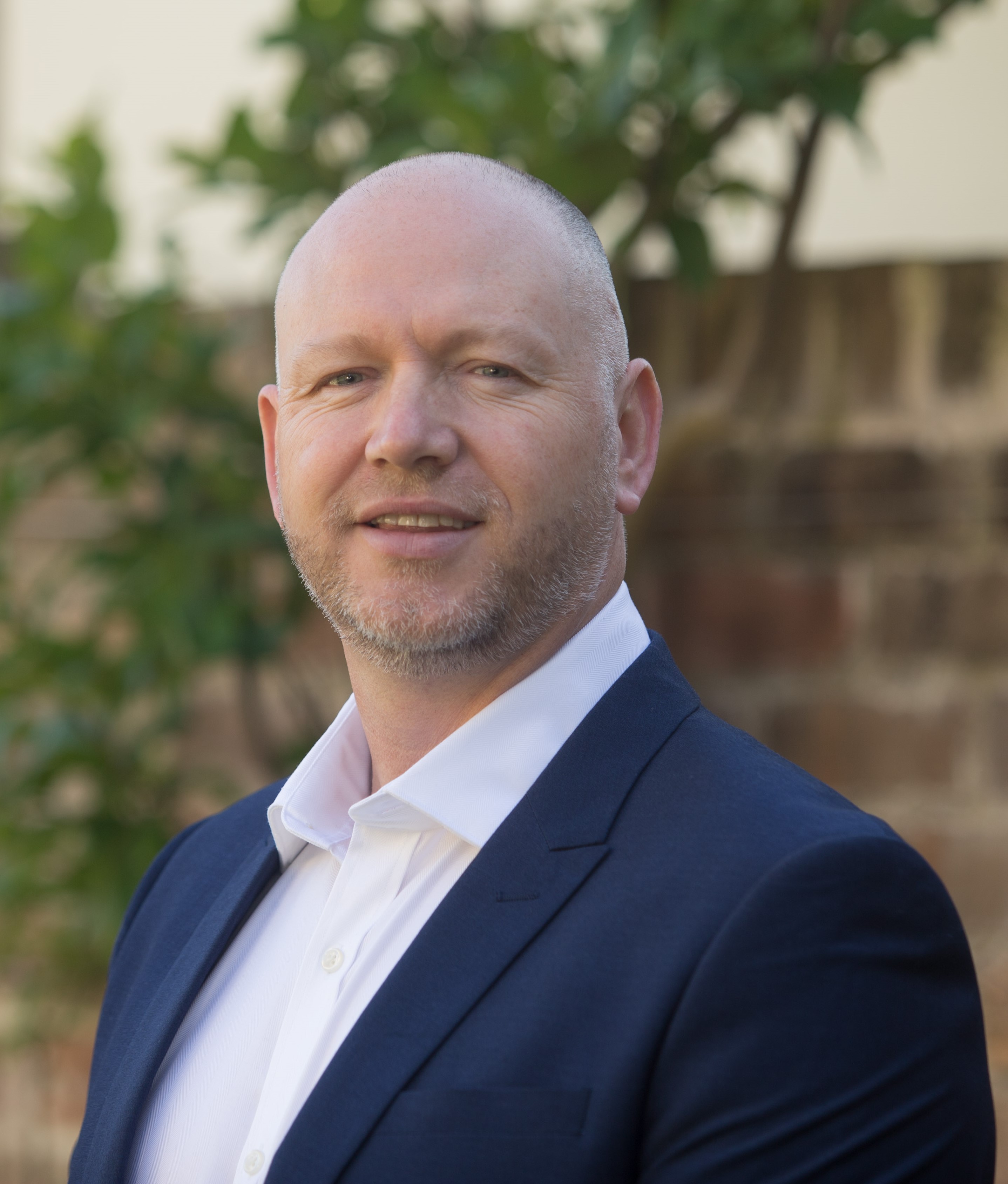Mike Stark, CRO, Peninsula Petroleum
How did you get your job?
I was very fortunate to be selected as Peninsula Petroleum’s inaugural Chief Risk Officer back in October 2016 via a search firm. Peninsula were interested in hiring someone with a proven track record in energy risk management who had previous experience of setting up new departments, systems and helping to grow the business.
What’s a typical day like as a Chief Risk Officer?
Every day starts with the team reviewing the quality of the trade data and price data - data integrity checks - prior to running the daily market price risk reports for the traders and senior management. Understanding your true market exposures is critical and there are countless checks and controls in place that need continual review and testing to ensure they remain fit for purpose at all times.
Usually there are a few fires to put out, in varying orders of magnitude, that were mostly unplanned resulting from incidents around data integrity, systems, external events, etc. It is very important to form a quick assessment of these incidents in order to communicate and resolve safely, in order.
Aside from all this there are always meetings to attend, committee actions to address, planning and travelling to do - always plenty to do.
What do you enjoy most about your job?
I’ve always enjoyed my work in risk management and being passionate about it has always meant I’ve enjoyed the job I do. There is so much variety and every day is different which keeps the job very interesting. One of the most important part of the job is developing myself and the team and making improvements. There are a lot of moving parts and things constantly changing that will easily leave you behind if you don’t keep yourself up-to-date. Despite the extra effort it is very rewarding and reaps many other benefits.
What are the challenges?
People. People are nearly always the challenge, at least internally. They also present one of the biggest risks to companies. As long as there are good individual capabilities, behaviours and a strong and supportive leadership, the issues are halved. Amongst other things, having a healthy culture and high levels of compliance are mandatory these days for improving a company’s financial results and minimising unfavourable surprises.
Why did you want to go through the Senior Executive Route?
After two decades in risk management it was apparent to me that I lacked any certification to support the experience I had acquired. I had been a member of the IRM for several years already and it was just a matter of finding time to complete some studies. The Senior Executive Route facilitated this for me by providing me with the most efficient and robust method of getting qualified to have recognised my standard of knowledge in risk management. Achieving certification was also to be my catalyst for pushing forward in the risk management field, developing myself and others further.
Top tips on getting into risk management.
• Study for a relevant degree and/or a recognised risk management certification such as the International Diploma in Risk Management;
• Find a company that you like, with similar values to yourself, with a good risk management department. Even if your first role isn’t in risk management, show an interest and when opportunities present themselves you should be well placed already;
• Read. There are a lot of good books on risk management but choose carefully and read around the topic to acquire different insights and perspectives;
• Ultimately, being passionate about risk management and having the aptitude to learn is most important and will also serve you and your employer well.





